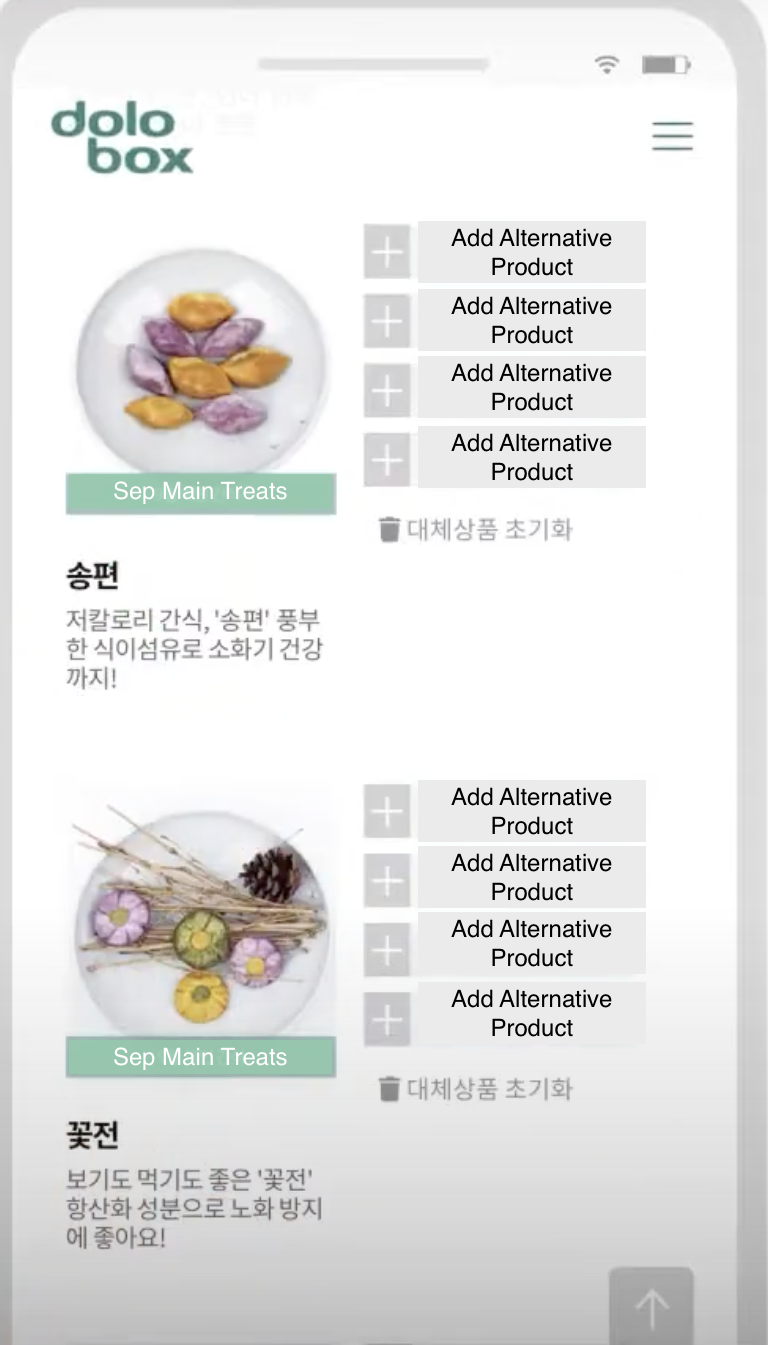Project Overview
At Pething, we specialize in delivering exceptional experiences to dog owners through our flagship product : a curated monthly subscription box filled with carefully selected dog supplies. Our mission is to ensure that each user receives a personalized assortment of premium products tailored specifically to their furry companion's needs and preferences.


Project Highlights
- Data-Driven Personalization :
- Hybrid Approach :
- Collaborative Filtering :
- Impactful Results :
Developed a recommendation algorithm that leveraged data insights to curate personalized subscription boxes based on individual dog owner preferences.
Integrated a hybrid recommendation system combining content-based filtering, collaborative-based filtering , and matrix factorization techniques. This approach enabled us to provide accurate and diverse recommendations.
Employed user-based and item-based collaborative filtering techniques to identify users with similar dog breeds or preferences. This tapped into collective preferences, offering personalized recommendations that resonated with each user.
Achieved a remarkable 67% increase in customer satisfaction responses, a 45% boost in subscribers, and a 37% increase in sales.
Takeaways
This project allowed me to dive deep into the realms of recommendation systems. It reinforced the importance of data-driven Personalization in enhancing user experiences and business outcomes. The success of the project highlighted the potential of harnessing user behavior and preferences to drive significant improvements in key business metrics.
Technical Depth
- Utilized Python and Surprise library
- Developed a user-item interaction matrix to capture user preferences and item interactions
- Implemented matrix factorizaton to discover latent factors driving interactions
- Content-Based Filtering
The item matrix is constructed using one-hot encoding to represent the characteristics and composition of each item. By assigning binary vectors to features like toy types (ball, plush toy, chew toy) or treat ingredients (e.g., chicken, beef, lamb). Create a matrix that captures the unique attributes of each item. This matrix is then multiplied with user-specific data, including past purchase history and preferences gathered during registration, to identify the most suitable items.